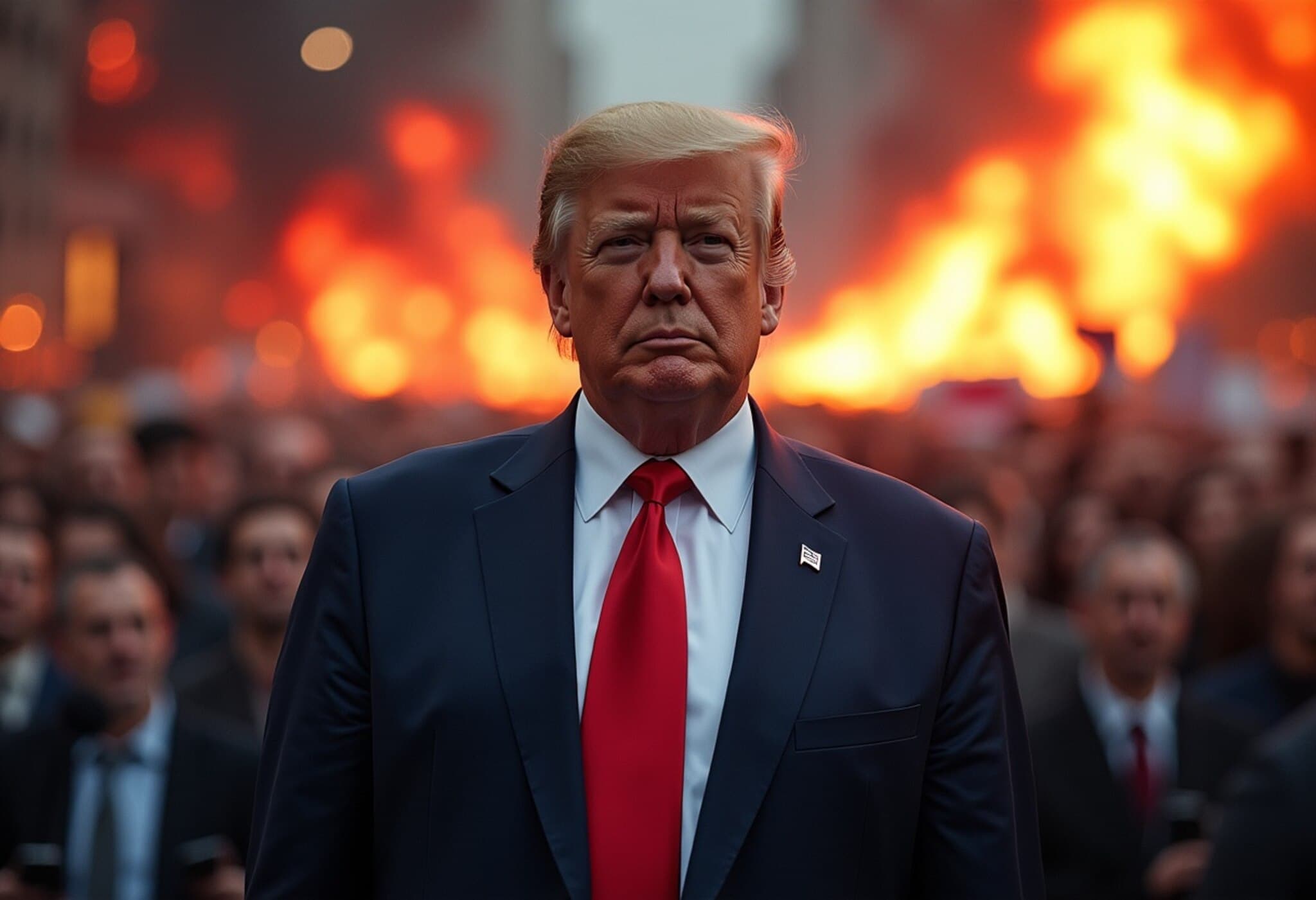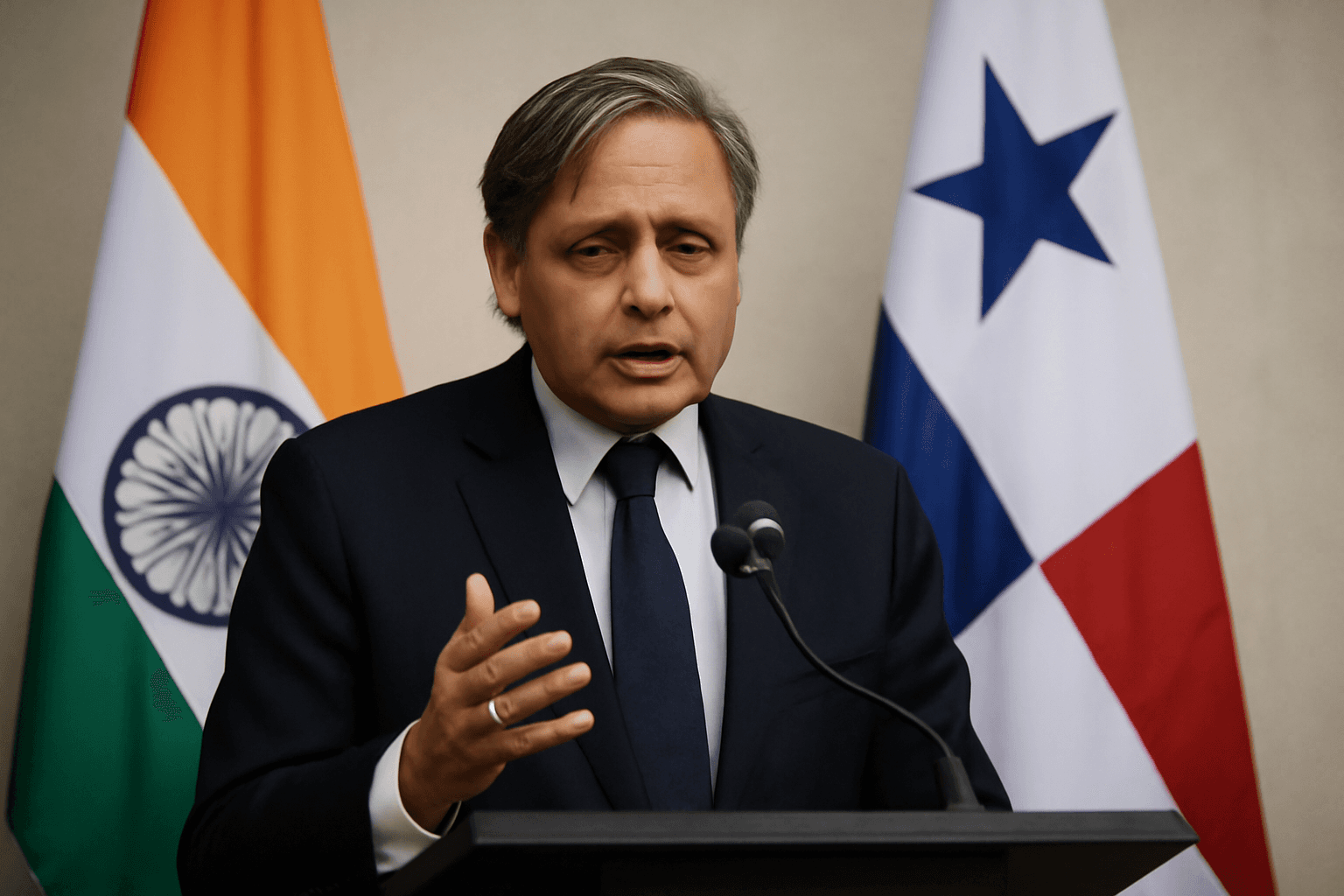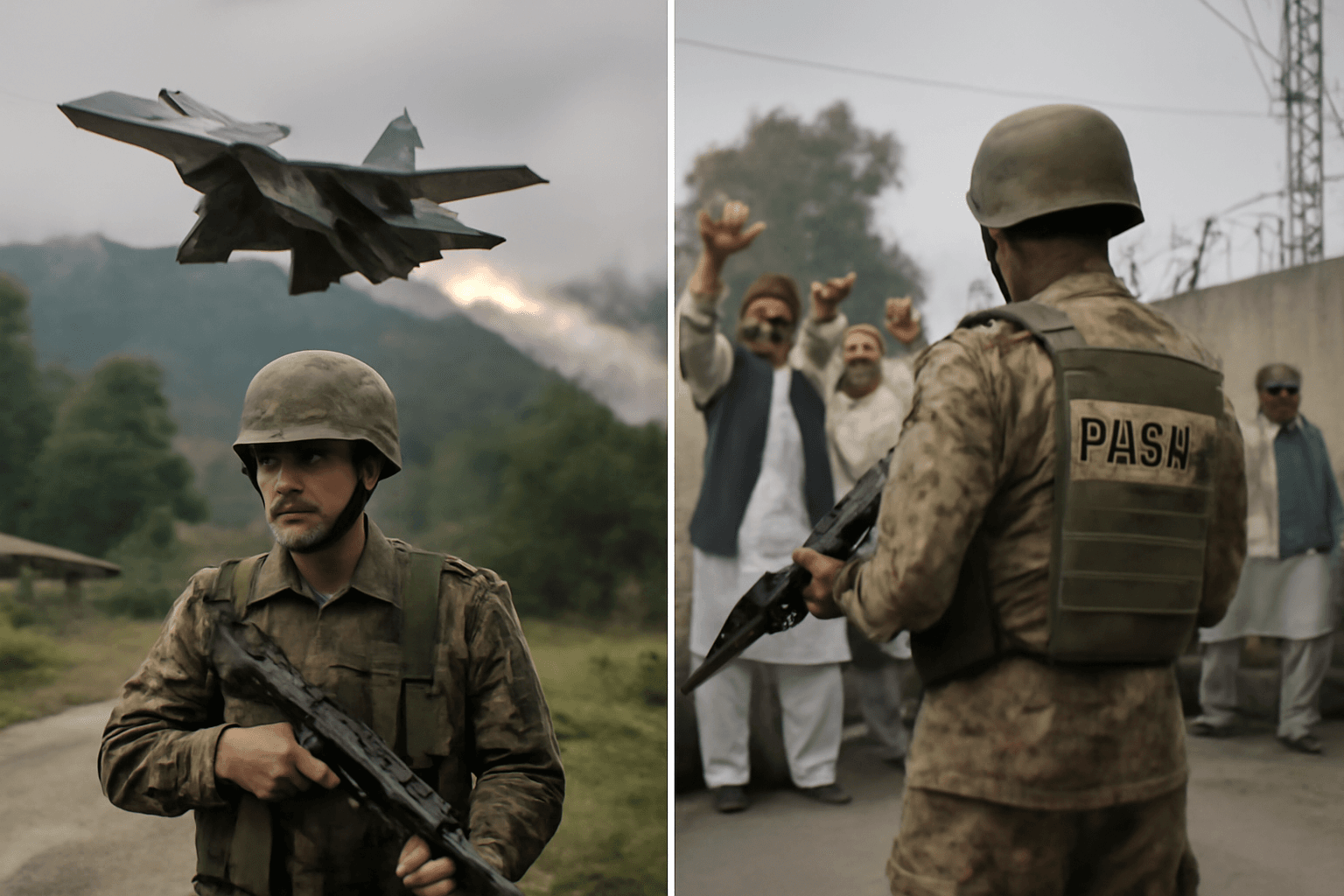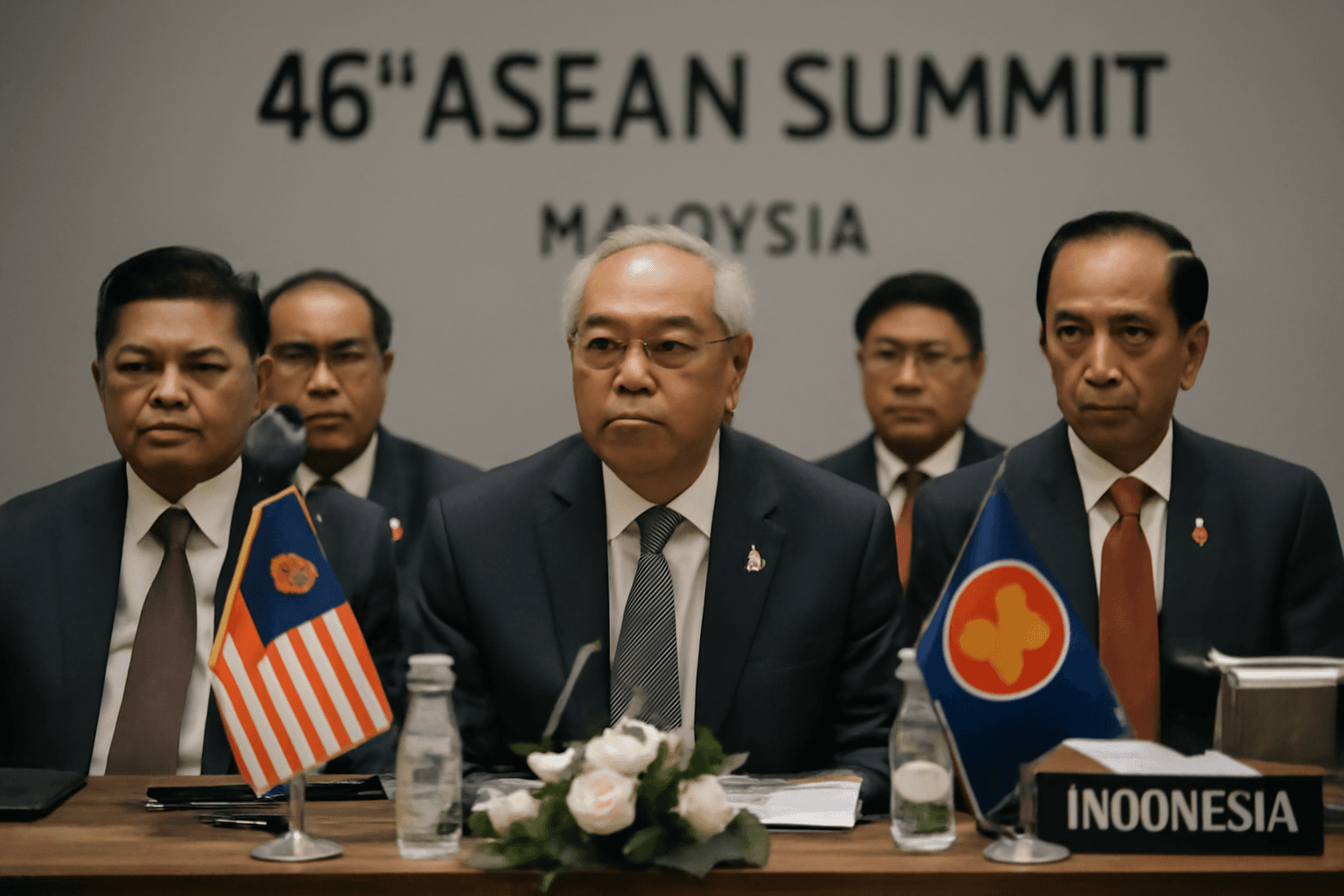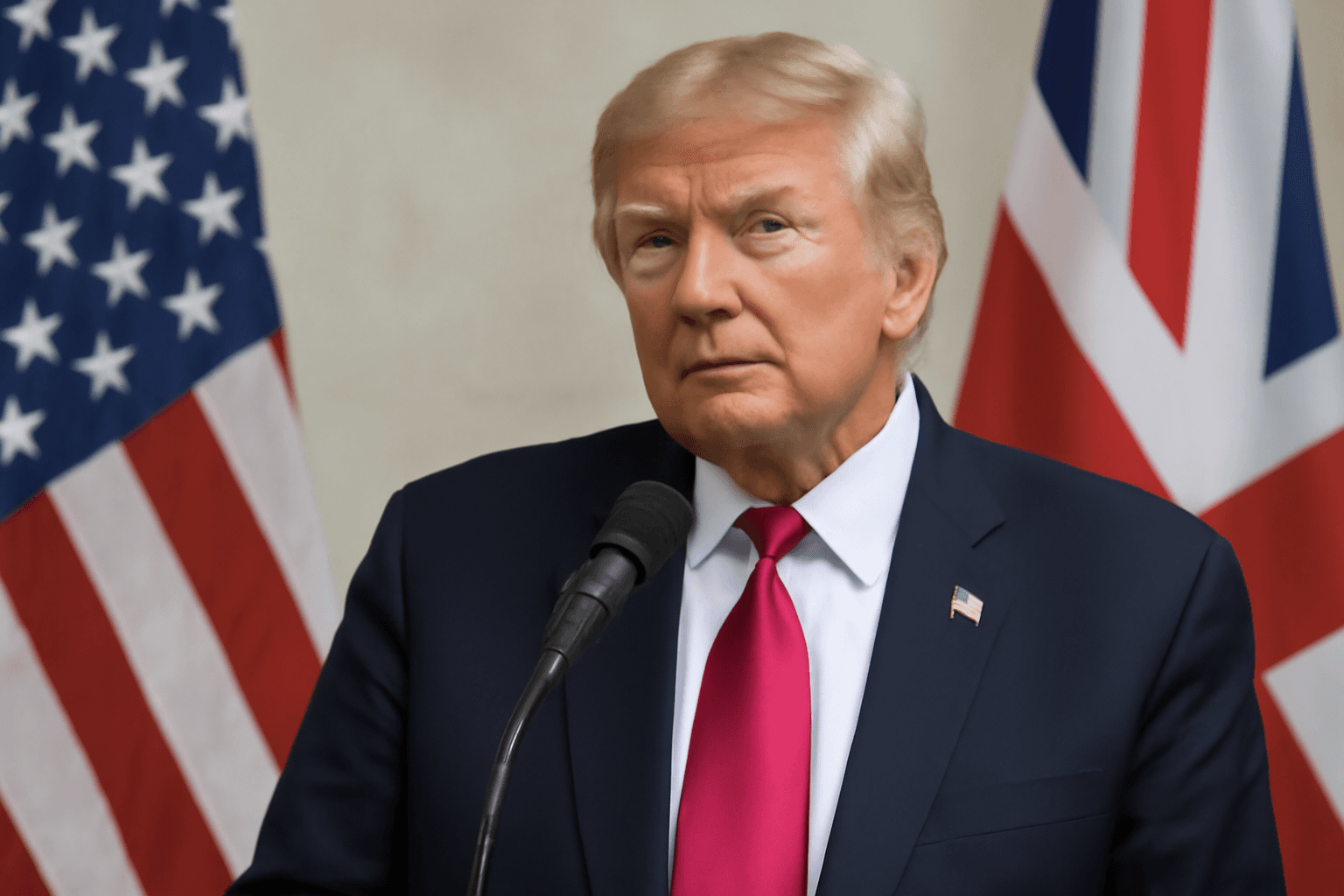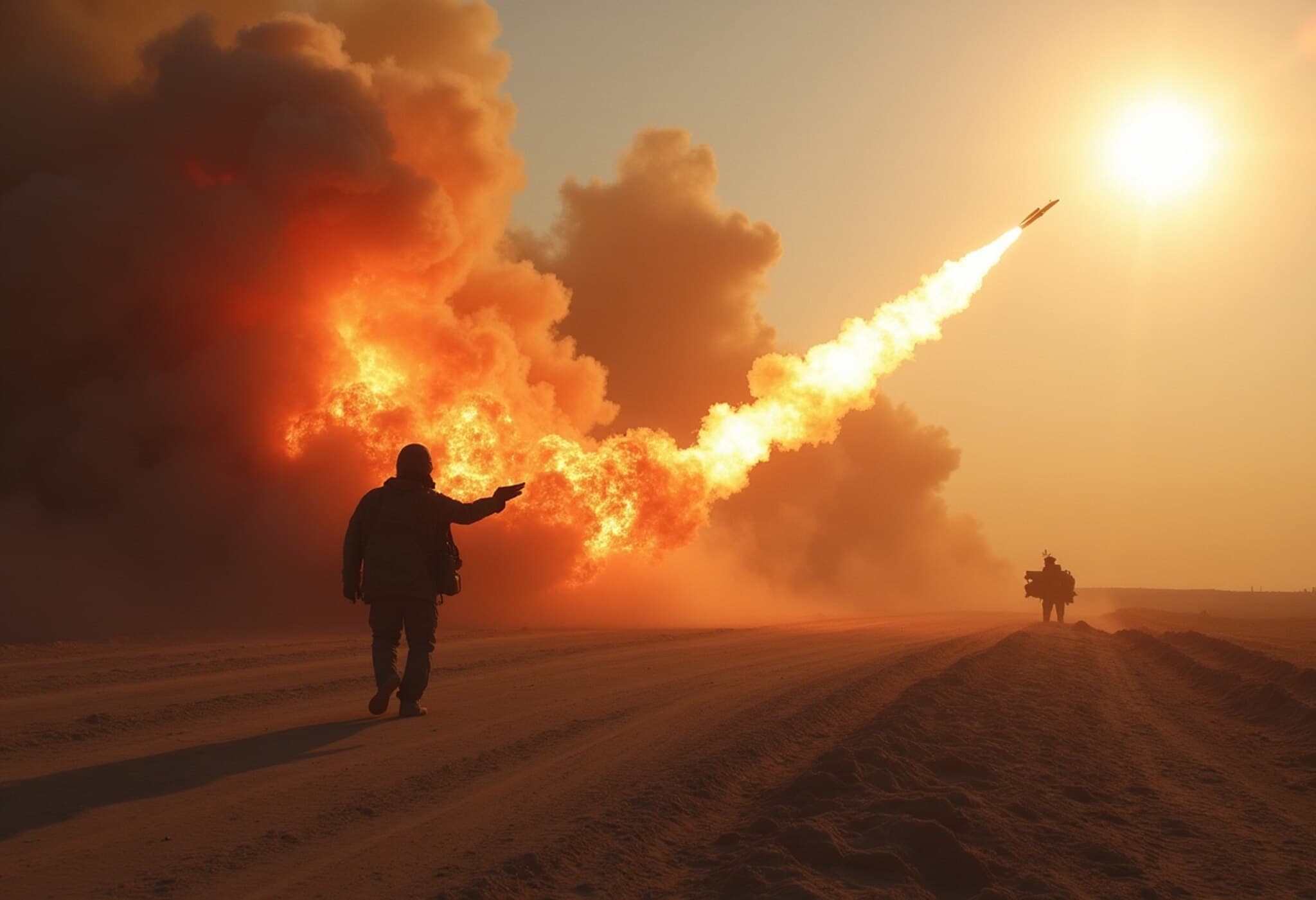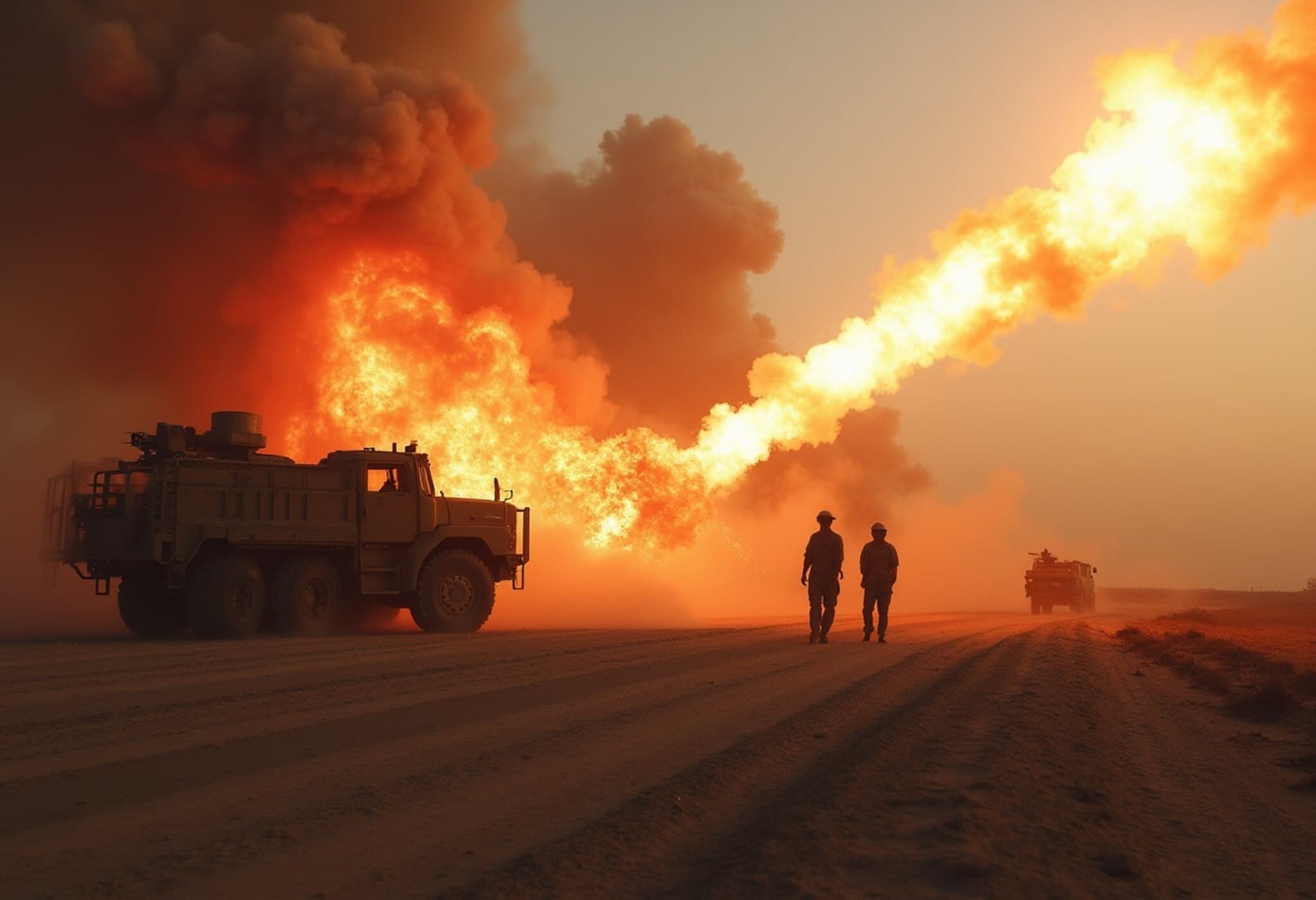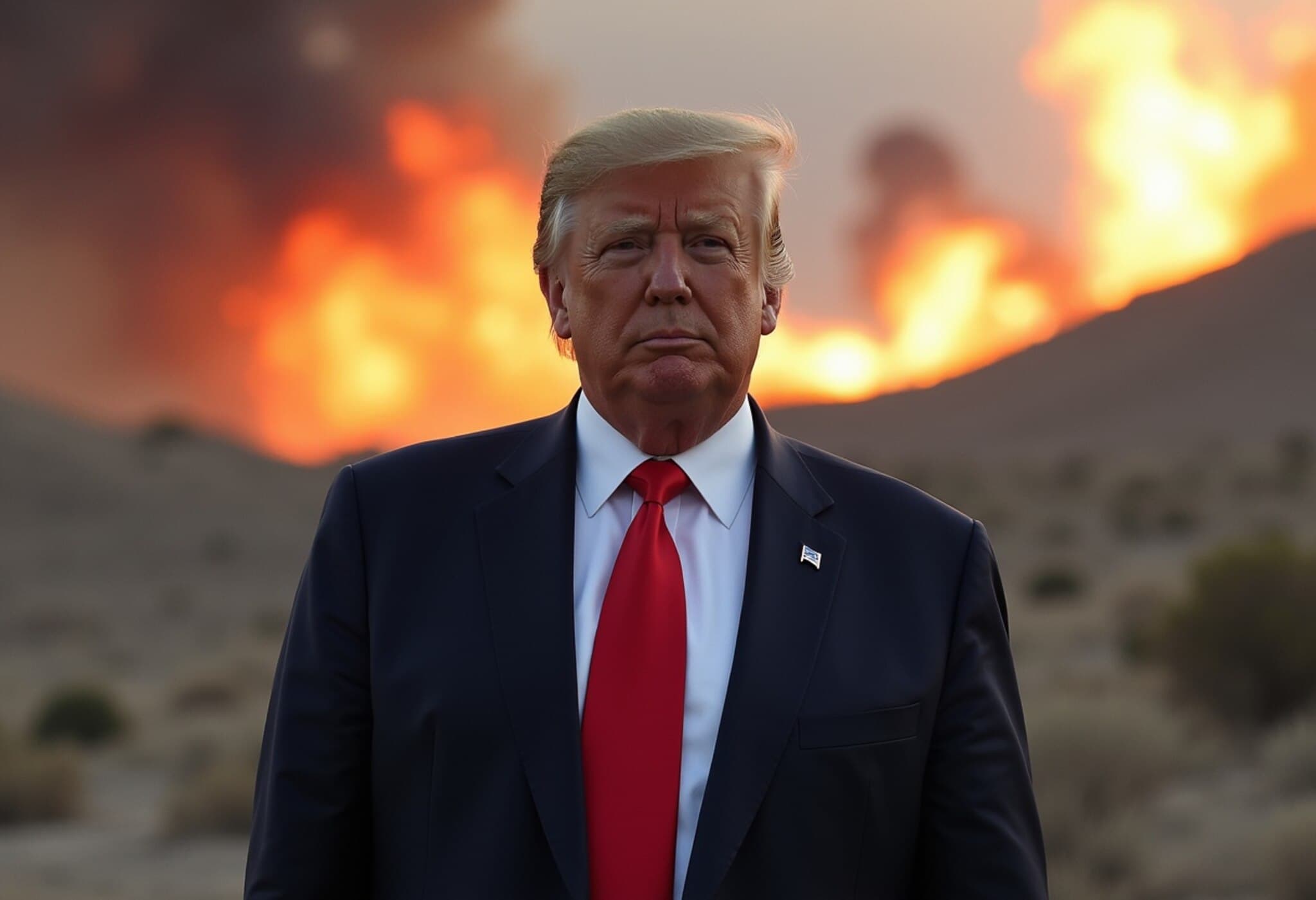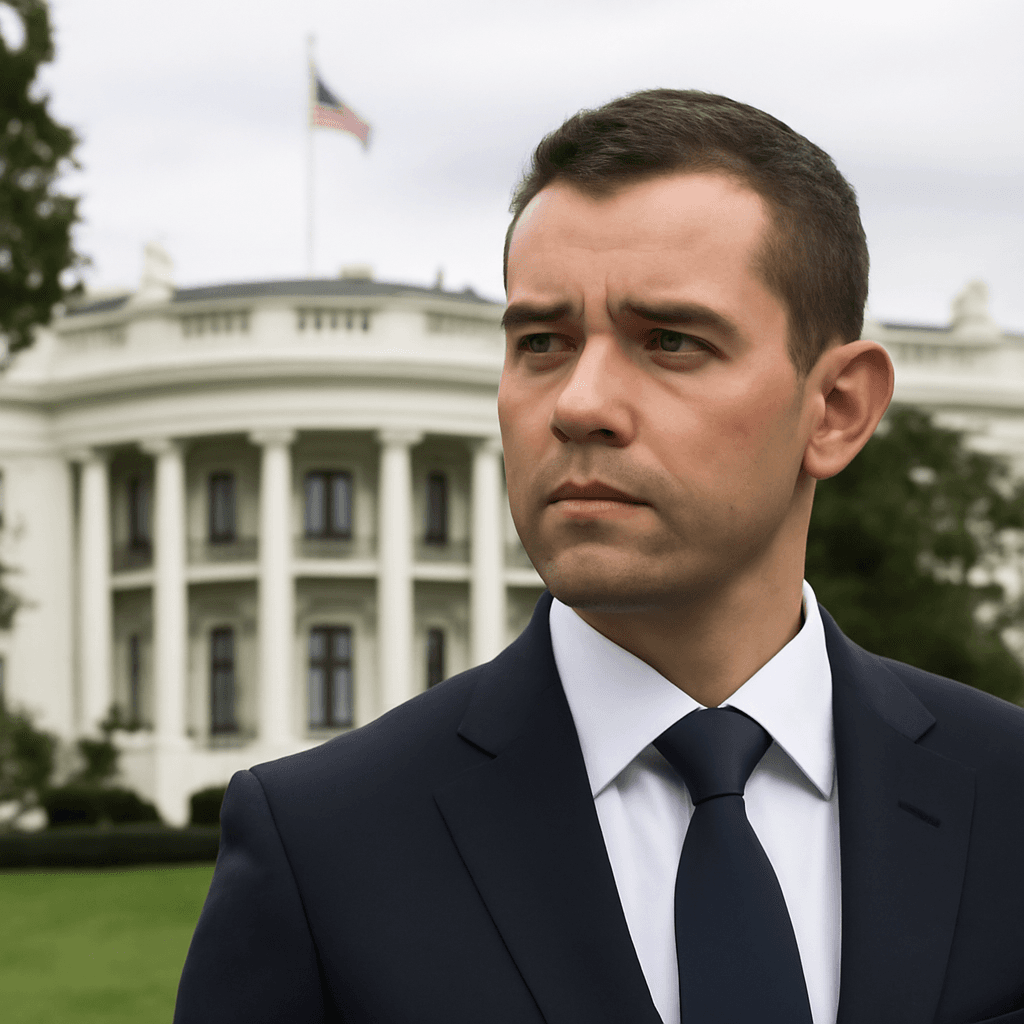Inside MAGA's Growing Divide Over the Israel-Iran Conflict
As tensions between Israel and Iran escalate, the MAGA movement — once unified under Donald Trump's promise to end "stupid wars" — finds itself deeply divided. What began as a pledge to avoid foreign entanglements now threatens to fracture the coalition at its core, exposing powerful tensions between anti-war advocates and hawkish interventionists.
The Promise of No More Wars Faces Its Greatest Challenge
Trump’s 2024 campaign capitalized on a strong anti-war message, winning big support from voters eager to avoid new military conflicts abroad. His slogan, "no more stupid wars," became a rallying cry, symbolizing a shift toward prioritizing American interests at home. Yet by mid-2025, that principle is under immense strain.
In June, Israel launched strikes against Iranian nuclear facilities, prompting a sharp response from Trump, who demanded Iran surrender "unconditionally" and urged civilians there to evacuate. He boasted of U.S. air dominance but stopped short of committing troops or direct military action. This delicate balancing act has unsettled MAGA’s grassroots, torn between skepticism of war and pressure from hawkish leaders.
The Anti-War Faction: Holding the Line Against Intervention
- Tucker Carlson has emerged as the prominent voice warning against war, describing a conflict with Iran as "Iraq 2.0." In a publicized debate with Senator Ted Cruz, Carlson challenged hawkish assertions, questioning the knowledge and motives behind calls for war, framing it as a betrayal of MAGA’s founding values.
- Steve Bannon cautions that war could destroy the coalition but believes that most dissenters will ultimately fall in line with Trump’s lead, reflecting loyalty mixed with concern.
- Marjorie Taylor Greene stresses that another Middle East war would betray the movement’s core goal of putting America first by avoiding costly foreign conflicts.
- Matt Gaetz warns against falling into recycled interventionist narratives and demands any military action come with a clear exit plan and defined American interests.
The Hawkish Bloc: Advocating for Confrontation
- Ted Cruz persists in painting Iran as an existential threat requiring U.S. action, despite missteps highlighting gaps in his understanding.
- Secretary of State Marco Rubio leads the administration's hardline stance, insisting Iran must be denied any path to nuclear capabilities.
- Talk radio veterans Mark Levin and Sean Hannity call for assertive measures, including regime change and preemptive strikes, reflecting an old-school conservative worldview that embraces military strength.
JD Vance: The Silent Loyalist
Vice President JD Vance maintains a tight grip on messaging, offering no independent stance but echoing Trump’s words with unwavering loyalty. His strategic silence highlights his role as a unifying, yet non-ideological, figure amid internal divisions.
Trump’s Strategy: Pressure Without Commitment
True to his style, Trump has flooded the airwaves with threats—warning Iran, mobilizing forces, claiming air dominance—yet he has refrained from direct military engagement. This approach maintains suspense and keeps hawks hopeful while appeasing anti-war skeptics, but it strains the coalition's fragile unity.
MAGA’s Shadow of Iraq: History Repeats or Transforms?
Many in the movement remember the Iraq War as a costly mistake. Now, familiar tropes of weapons of mass destruction and rogue regimes resurface, forcing MAGA to confront whether it has truly evolved or is simply rebranding past mistakes.
The 2025 Crossroads: Can MAGA Withstand Another Middle East War?
The heart of MAGA—working-class voters, suburban nationalists, and young anti-establishment supporters—largely opposes new military adventures. However, hawkish pressure risks splitting this coalition. The movement’s fate may hinge on whether it honors its anti-interventionist roots or succumbs to calls for confrontation.
The Real Conflict Lies Within MAGA
- Anti-war camp: Carlson, Bannon, Greene, Gaetz advocate caution and domestic focus.
- War caucus: Cruz, Rubio, Levin, Hannity push for decisive action against Iran.
- Intermediary: JD Vance stands firmly with Trump, providing no middle ground.
- At the center: Trump wields ambiguity, balancing hawks and doves while keeping his coalition guessing.
While military strikes may win tactical advantages, the MAGA movement’s core identity—and perhaps its future—hang in the balance. The pressing question is not only whether America should engage in war, but whether MAGA as a political force can survive such a test.

